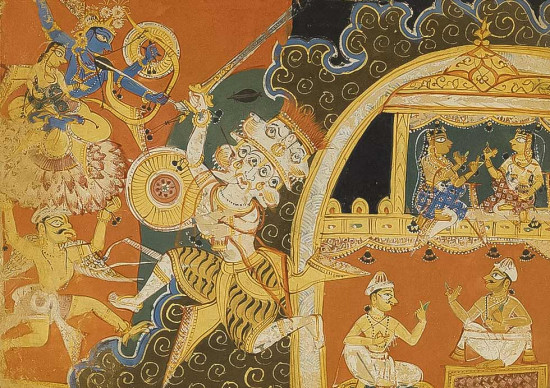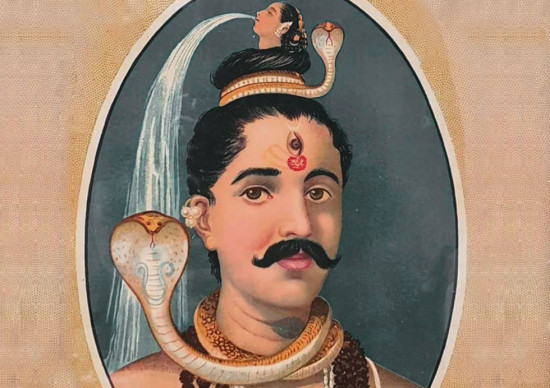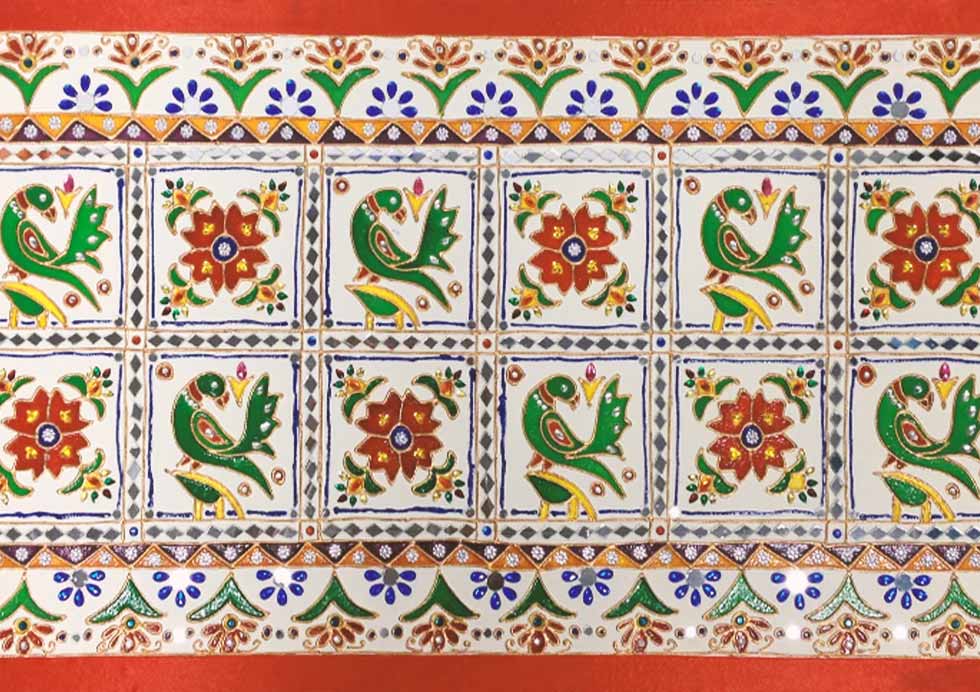
There is no doubt that India is a land of diverse cultures and beautiful artistic heritage. In India, many artists are popular in numerous art forms, but Lippan Art holds a unique place. Lippan art, also known as mud mirror work art, comes from the Kutch region of Gujarat. This artwork is one of the most fascinating and complex art forms of Gujarat. Lippan's authentic artwork, crafted by traditional rural artisans, has become a symbol of Gujarat folk art, which is adored both nationally and internationally.
If you are curious to know the journey of Lippan art and techniques, then you have landed in the right place. If you are an art lover, art collector or someone exploring wall décor artwork for your place, this guide will help you understand and appreciate the world of Lippan art painting and Lippan artwork.
If you are curious to know the journey of Lippan art and techniques, then you have landed in the right place. If you are an art lover, art collector or someone exploring wall décor artwork for your place, this guide will help you understand and appreciate the world of Lippan art painting and Lippan artwork.
What is Lippan Art?
As we mentioned before, Lippan Art is well known as mud and mirror work, which is a traditional mural craft of the Kutch region in Gujarat, India.
The term "Lippan" means "to apply" in the local language of the Gujarati people. It involves a Lippan art clay mixture with camel dung, which is applied to walls to create beautiful Lippan art designs or patterns that include decorative mirrors. In Lippan art history, designs were mainly created by the women of the Rabari community to decorate the walls (they can make Lippan art designs outside or inside) of their homes. The Rabari community is a nomadic pastoral community (roaming around one place to another place) mostly found in Gujarat and Rajasthan, India. They are known for their camel herding and traditional lifestyle.
They create simple and easy Lippan art designs such as peacocks, camels, flowers, suns, and many art patterns that also showcase community, cultural, and symbolic meanings.
In the modern era, with advanced techniques, artists have introduced new Lippan art materials that cater to modern tastes. This evolving style is widely referred to as modern Lippan art, which includes framed wall decor hangings, Lippan paintings, and even mirrors Lippan art designs with contemporary themes.
Why is Modern Lippan Art Gaining Popularity?
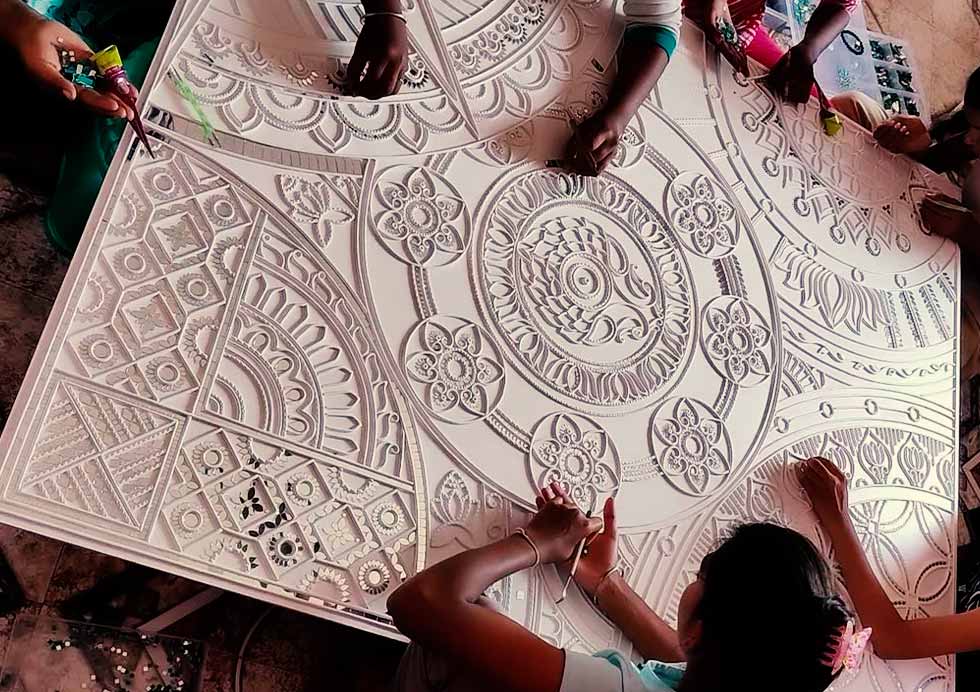
Earlier Lippart art tradition, quite popular in remote villages but now artist art made its way into urban homes, art galleries, and global art spaces. From rural craft to modern Lippan art, this amazing tradition reaches a wider audience.
Artists use white clay, artificial mirrors, MDF boards, and sometimes even acrylic paints to create Lippan original artworks, perfectly suitable for indoor decoration. Indian artists are also able to build a personalized Lippan art design as per client requirements.
Why is Lippan art beneficial?
- It adds a traditional yet elegant look to modern homes
- Works well with minimalistic and bohemian interior styles
- Makes a unique gift for art lovers and housewarmings
- Easy to customize in terms of size, shape, and color
It’s hard to believe, but nowadays, Lippan Art Painting is becoming a preferred choice for decorating luxury hotels, guesthouses, and cafes as well.
What are Materials Used in Lippan Artwork?
If you are curious about Lippen art and want to buy for yourself, you are not alone. Lippan Art is beginner-friendly and highly satisfying to create. It allows for creativity while staying rooted in tradition. Here's a step-by-step guide to help you start your own Lippan Art Work.
Basic Tools & Materials You Need
- Wooden , MDF board or canvas base
- White clay and natural hues of mud for traditional artwork(you can buy ready-made or make using ceramic powder and Fevicol)
- Acrylic mirrors in different shapes
- Cone or piping bag for fine detailing
- Water, sponge, and brush
- White paint
What is the Process to Create a Lippan Art Design?
- Prepare the Base: Paint the board with a white or earthy background.
- Draw Your Design: Use a pencil to lightly sketch your desired pattern (traditional motifs or modern mandala designs).
- Clay Work: Fill a cone with clay mixture and trace over your design for a raised 3D effect.
- Mirror Inlay: Place mirrors into the wet clay before it dries.
- Dry and Polish: Let your artwork dry for at least 24 hours. Use a soft cloth to clean the mirrors once dried.
- Finalize Touch: You may choose to whitewash or seal your artwork to improve its longevity.
How Lippan Art Brings Walls to Life?
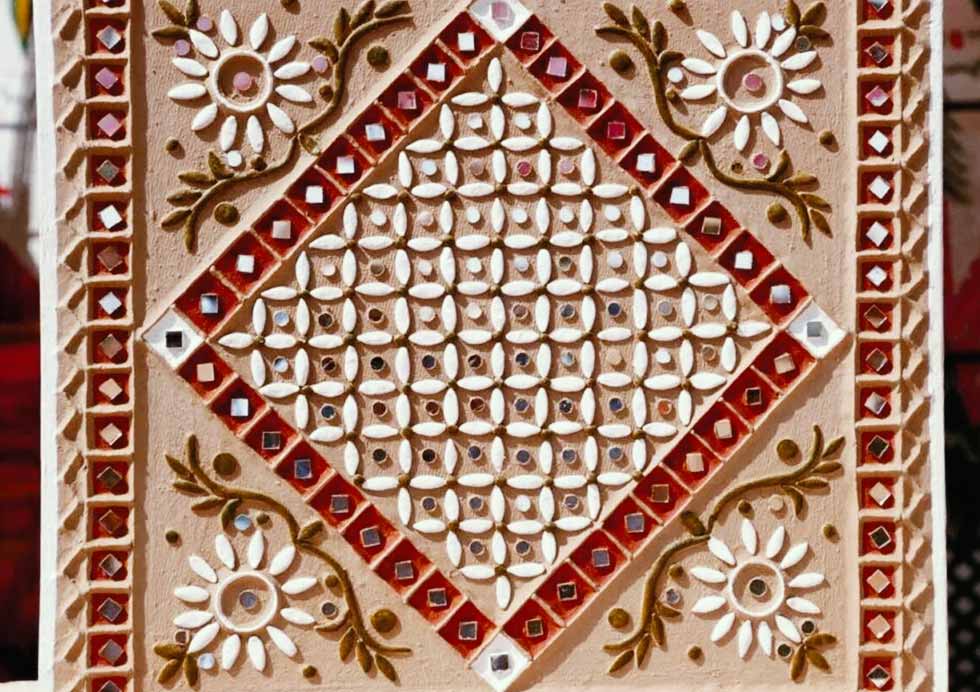
Lippan art designs are becoming a popular choice among interior designers because of its beautiful and traditional artwork. There is no doubt that Lippan art is an incredible mixture of traditional touches and classy designs that make them a grand decoration choice for everyone..
Where to Use Lippan Art in Home Decor:
Where to Use Lippan Art in Home Decor:
- A large round Lippan art painting can beautifully transform the living room.
- Subtle beige or white Lippan artwork designs perfect for the bedroom.
- Handcrafted traditional mirrors Lippan art design creates a warm impression at the entry gate.
- Spiritual Lippan artworks create a peaceful aura at Pooja Room.
- Adds sophistication to your cafes, castles, and luxury hotels that reflect Indian heritage.
In the modern era, Lippan art paintings also make a thoughtful and artistic gift for art collectors, weddings, housewarming ceremonies, and festivals.
Why Lippan Art Deserves Global Attention?
Lippan Art is more than just decoration, it’s a great medium to reflect community life, beliefs, and heritage stories. Now, Indian Lippan art work is grabbing attention globally and customers are showing their interest in handmade Lippan Art. If you are also interested in handcraft paintings and original artwork, explore cottage9 to discover an authentic painting masterpiece that brings Indian heritage beauty to your place.
Artisans in Gujarat continue to uphold the tradition, while independent artists and online marketplaces such as the Cottage9 platform have contributed to the spread of Modern Lippan Art across various countries.
Artisans in Gujarat continue to uphold the tradition, while independent artists and online marketplaces such as the Cottage9 platform have contributed to the spread of Modern Lippan Art across various countries.
Final Thoughts
Lippan Art is a tribute to Indian art, showing how tradition can evolve gracefully into contemporary spaces without losing its essence. From the desert walls of Kutch to city apartments and art exhibitions, now Lippan art is making its own place globally as well and consumers from different corners showing interest in Indian traditional Lippan art.
If you are purchasing a Lippan art painting or trying your hand at a DIY project, you are becoming part of a rich legacy rooted in Indian culture. So, the next time you are looking for unique wall art, gifts, or want to explore your creative side, Lippan Art can be an amazing option. For more details regarding art traditions, stay tuned with us.


